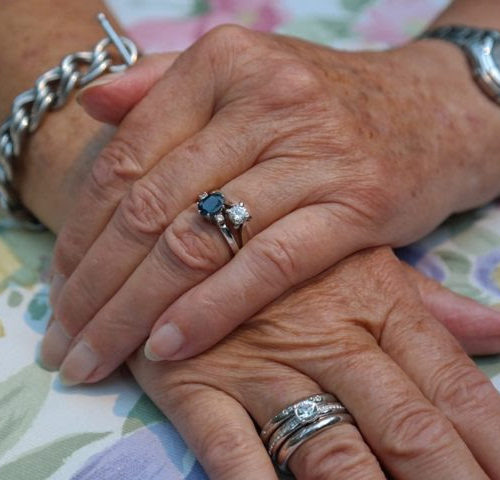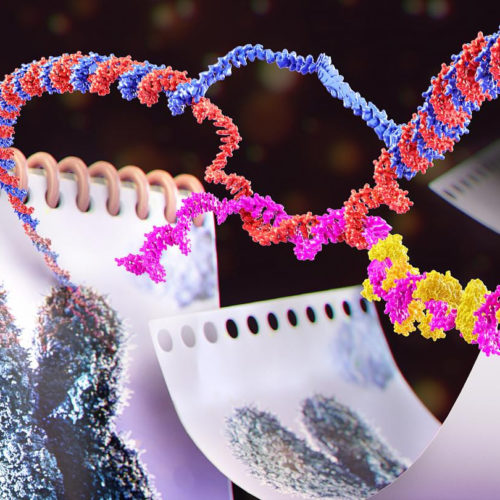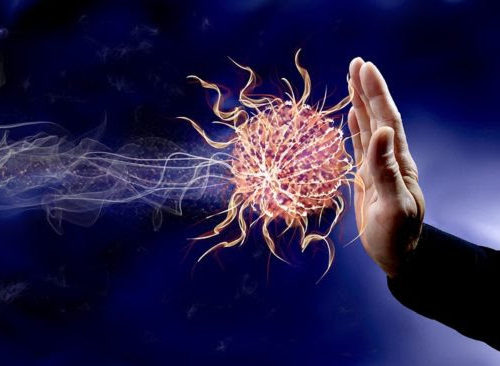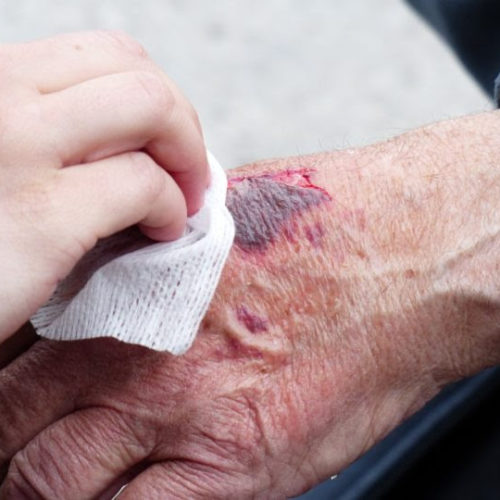JOHNS HOPKINS MEDICINE IMAGE: ASHWANI WEERARATNA, PH.D. v Age may cause identical cancer cells with the same mutations to behave differently. In animal and laboratory models of melanoma cells, age was a primary factor in treatment response. Cancer has long been known to be a disease of aging, with 60% of cases and 70% of deaths occurring...
Category: <span>Anti-aging</span>
OneSkin Launches a Topical Senolytic Treatment
Senescent cells are damaging to tissue function and health when they linger and grow in number, as becomes the case with age. They contribute to the chronic inflammation of aging via their signaling, the senescence-associated secretory phenotype. In skin, senescent cells are most likely responsible for a sizable fraction of the more problematic later life skin aging, in the...
The Challenge of Achieving Healthy Human Longevity
The big sea change of the past 10 to 15 years in aging research is that the scientific community is now near entirely behind the idea that aging is a viable target for therapy, and that we should be working towards greater healthy human longevity. Prior to this time, aging was near entirely a “look but don’t touch”...
Age is a primary determinant of melanoma treatment resistance, two studies find
JOHNS HOPKINS MEDICINE IMAGE: ASHWANI WEERARATNA, PH.D. Age may cause identical cancer cells with the same mutations to behave differently. In animal and laboratory models of melanoma cells, age was a primary factor in treatment response. Cancer has long been known to be a disease of aging, with 60% of cases and 70% of deaths...
Delivery of T Cell Progenitor Cells as an Approach to Thymic Regeneration
The thymus is a small organ in which thymocytes generated in the bone marrow mature to become T cells of the adaptive immune system. Unfortunately, the thymus atrophies with age, its active tissue largely replaced by fat in most people by age 50 or so. Thereafter the adaptive immune system declines into immunosenescence and inflammaging, deprived of a sufficiently large supply of...
Research team discovers mechanism that restores cell function after genome damage
UNIVERSITY OF COLOGNE A research team from Cologne has discovered that a change in the DNA structure – more precisely in the chromatin – plays a decisive role in the recovery phase after DNA damage. The key is a double occupation by two methyl groups on the DNA packaging protein histone H3 (H3K4me2). The discovery was made...
Scientists home in on the mechanism that protects cells from premature aging
ECOLE POLYTECHNIQUE FÉDÉRALE DE LAUSANNE IMAGE: A NEW STUDY BY EPFL RESEARCHERS SHOWS HOW RNA SPECIES CALLED TERRA MUSTER AT THE TIP OF CHROMOSOMES. Molecules that accumulate at the tip of chromosomes are known to play a key role in preventing damage to our DNA. Now, researchers at EPFL have unraveled how these molecules home in on...
Lamenting the Incomplete Understanding of Human Immunosenescence
The immune system is inconveniently complicated. Aging is also inconveniently complicated. The overlap between the two is a particularly dark forest for the research community, with few well-tracked paths. The fine details of how exactly the immune system becomes dysfunctional with age, and the sizable variation in those details between individuals, will keep research teams occupied for decades to come. It seems...
An Example of the Beneficial Role of Senescence in Injury
Researchers here provide an interesting demonstration of the beneficial role of transient cellular senescence in injury. Applying senolytics to selectively destroy senescent cells immediately following traumatic injury greatly worsens the consequences. Senescent cells are harmful when they build up and linger in tissues over the course of later life. The signaling they generate is useful in the short-term, such as by mobilizing...
New research unearths key to minimizing some health risks associated with ageing
A study led by researchers at WIMR has, for the first time, demonstrated how CD47 – a cell surface protein – drives biological dysfunctions in the body, such as decreased circulation and poor metabolic homeostasis, both of which worsen with age. Researchers hope developing therapies that target CD47 will significantly reduce the impact these health issues have on older...








